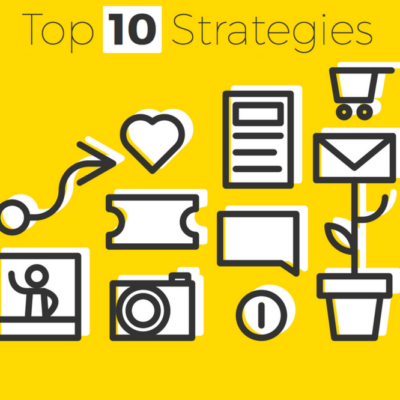
Kite + Shopify: Shipping 101
One of the great things about dropshipping is being able to sell to customers around the world, without having to worry about how you’re going to get your products to them.
But although all the logistical stuff can stay ‘out of sight, out of mind’ with Kite, it’s important to remember that you still need to account for the shipping costs when calculating your profits.
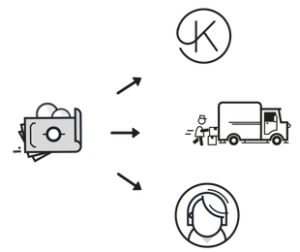
But wait, isn’t shipping usually free nowadays?
They say there’s no such thing as a free lunch – and sadly there ain’t no such thing as free shipping either.
When online stores offer ‘free shipping’, they are effectively absorbing the cost of shipping into the price of their products. So while the customers get to see a nice round $0 at the checkout, the store itself still has to pay courier fees to ship their customers’ orders to them.
So how much does it actually cost to get your products from A to B?
At Kite, we charge a per-item shipping rate, which we’ve simplified into four regional tiers. These are: UK, USA, Europe, and Worldwide (Rest of World).
Shipping is charged on top of the base wholesale price, and the cost ‘stacks’ according to the quantity of items in the order. See the table below for an example of T-shirt shipment costs for one, two and three t-shirts:
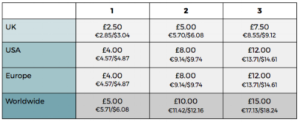
You can find details of shipping prices by product and destination on the Products page on the Kite website, and they’ll also be displayed in the Prices & Edit screen in the app. Remember, if your business is based in the EU, you’ll also need to factor in 20% VAT.
Ways to offset the cost of shipping
Having to pay for shipping certainly doesn’t mean you should be left out-of-pocket. There are multiple ways in which you can offset the cost of shipping, which are explained below.
1. Product markup
The simplest way to offset the cost is to increase your product prices on the whole.
According to experts, a major reason that customers abandon their online shopping carts is unexpected shipping and handling fees. For this reason, we’d recommend offering Free Shipping to your customers, and using a higher percentage markup on your products to cover the shipping costs.
The default markup when you create a product is 30%, but you can increase that figure as you see fit. Make sure to keep the highest possible shipping cost (ROW) in mind when you mark up your prices, so you’ll be covered no matter if your customer is in Norway or New Zealand.
2. Checkout shipping fees
If you’d rather go down the old-fashioned route, you can add shipping zones and rates to your store manually, from your Shopify dashboard. This allows you to apply shipping rates at the checkout, thus recovering the shipping costs directly from the customer.
Basic & Standard Shopify Plans
Although Shopify only allows standard users to set price-based and weight-based rates, we’ve made it easier for you to set per-item rates by making the default ‘weight’ for every product 1kg/1lb.
So, you can set a price for 1-2lb (one item), 2-3lb (two items), 3-4lb (three items), etc. Make sure to cap off your rates as a safety net for larger orders (e.g. 9-50lb).
The amount you decide to charge will depend on the products you are selling. For example, an apparel store based in the UK might have its shipping rates set up like this:
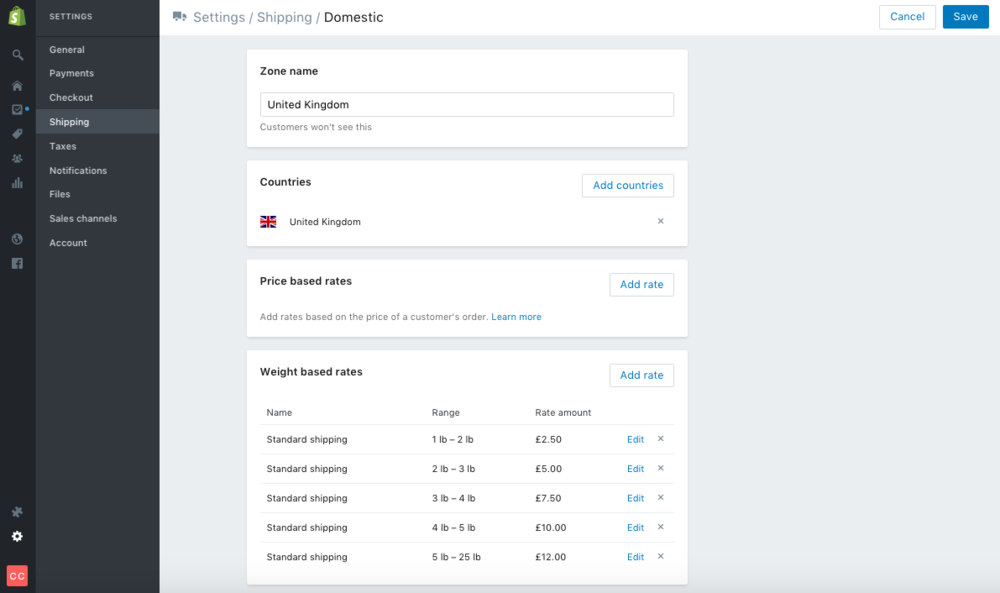
Advanced Shopify Plans & Calculated Shipping Rates
If you are selling a wider range of products or using multiple dropshippers, weight-based shipping rates might not be the ideal solution.
Shopify awards Advanced users more flexibility with shipping rates via its Carrier Calculated shipping feature. This can be combined with apps such as Parcelify (free) and Better Shipping ($14.99/month) to set per-item/per-product shipping rates. However, the $299/month price tag on the Advanced plan may place it out of reach for small businesses and startups.
Luckily, a little bird told us (okay, it was a Shopify rep) that if you contact the Shopify Support team directly, you can get Carrier Calculated shipping added on to your ordinary plan for the more modest addition of $20/month, or even free(!) when you pay your next year’s subscription upfront.
Tracked or Standard Shipping?
Tracked shipping is available in an opt-in basis for certain products and destinations (not all of them – yet!). All other orders will ship by (International) Standard mail, which uses local postal services.
It’s a fact that tracked shipping is more expensive, but may be worth it for yours and your customer’s peace of mind. Compare the prices for each product here.
To opt-in to tracked shipping where possible, all you need to do is include the word Tracked somewhere (anywhere) in your shipping rate name. The Kite server will pick this up when your order is processed, and automatically assign the order to the tracked shipping class. Pretty cool, right?
E.g. Tracked shipping
Standard shipping (tracked)
Standard (tracked where possible)
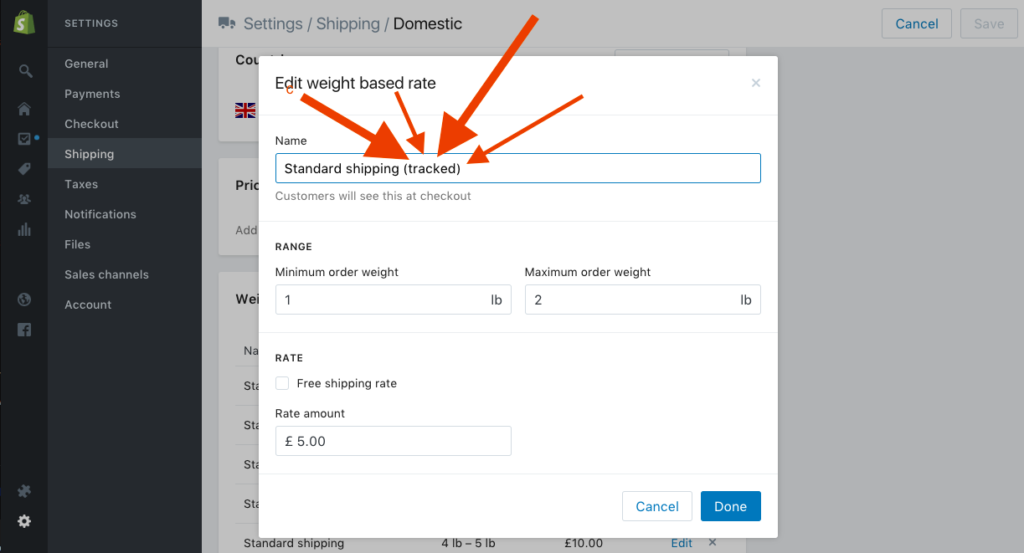
For more information on the Kite fulfilment process, you may be interested in the Help Centre articles: How Long Does Shipping Take?
and What happens when a customer purchases a Kite product from my store?
Not using the Kite Shopify Merch plugin yet? Find out more here:


